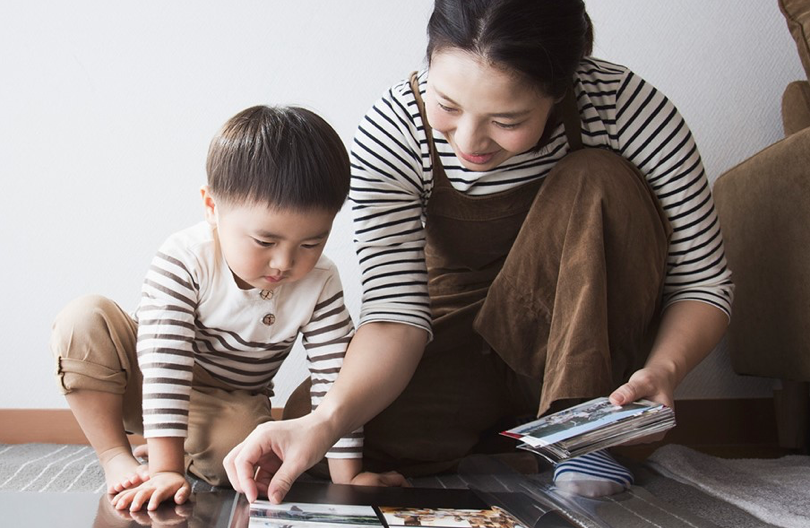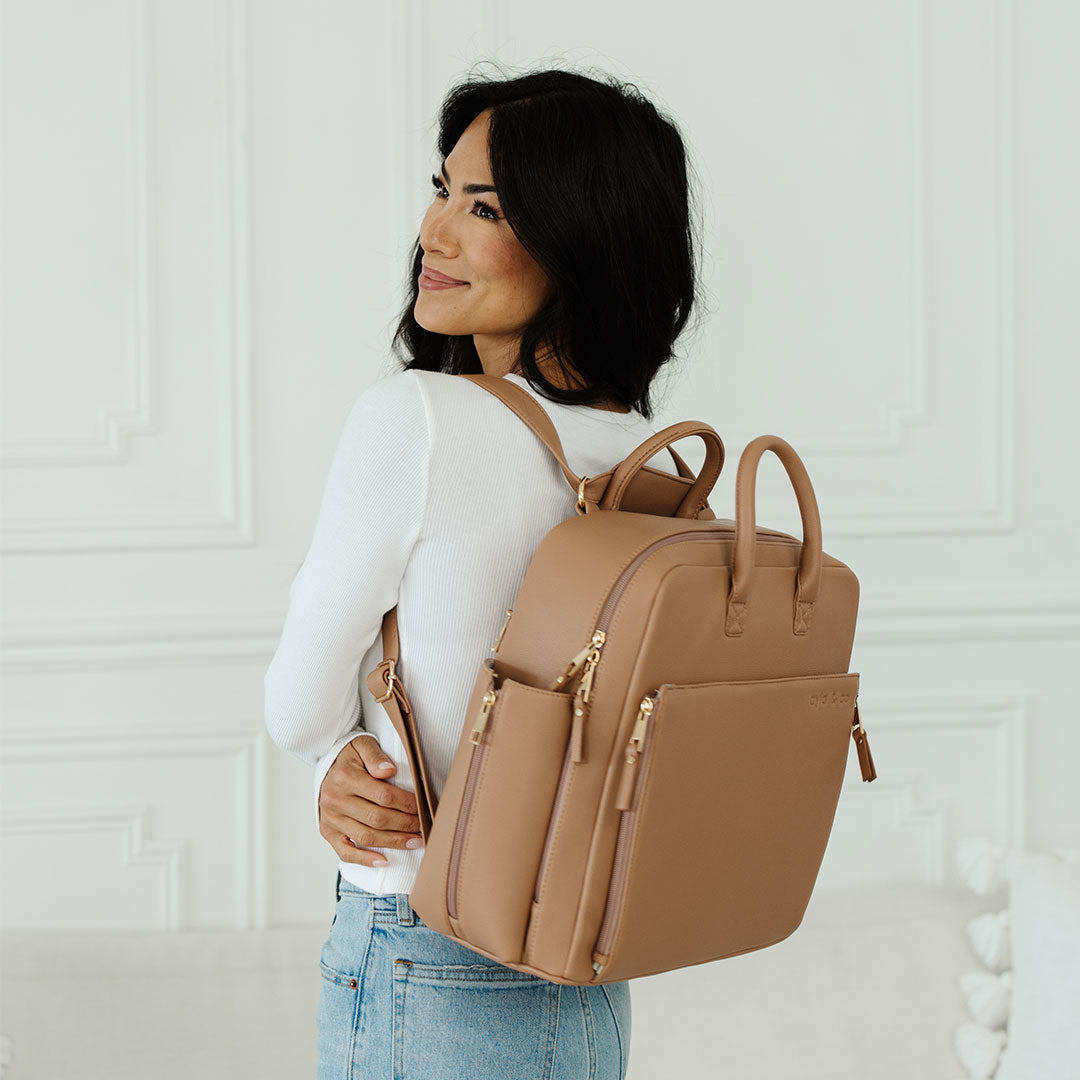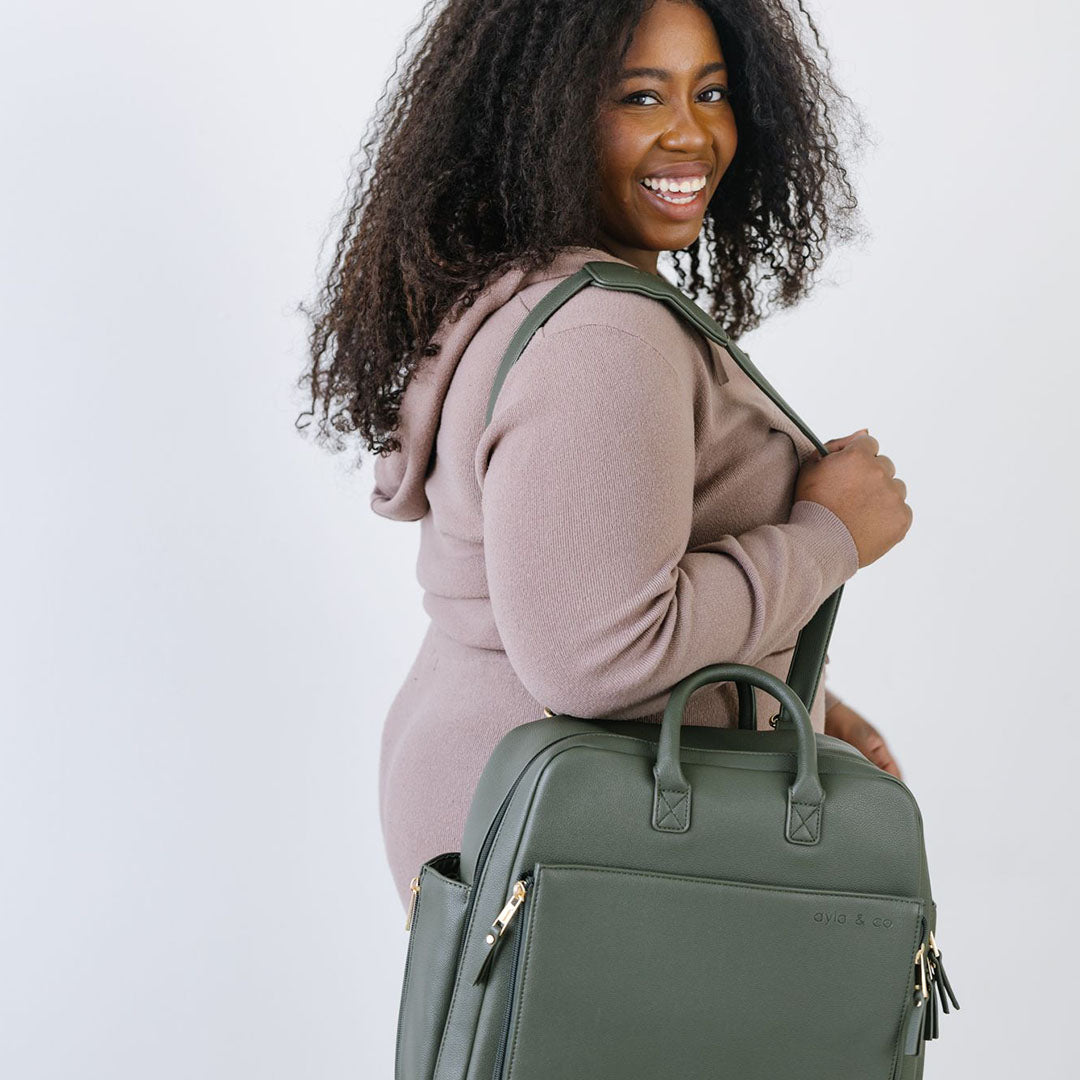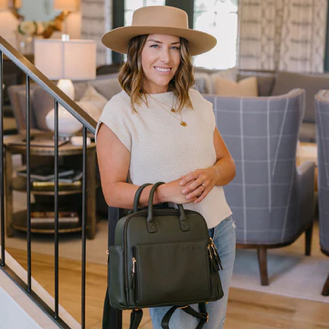
Easy Learning Activities
Today on the blog we’re talking about different learning activities you can do with your little ones! The first 8 years of a child’s life is where they are building a foundation for all learning they will do later in life. Genetics do create a “map” for development, but everyday experiences, including relationships, shape a child’s brain. We’ve listed a few different types of learning skills important to a child’s development, along with a few activity ideas.

Emotions
We all have a lot of emotions, and our little ones are just learning these different emotions and how to handle them. Sometimes, young children do not recognize emotions they feel or what to do with those emotions. Helping children identify, or name, their emotions and giving them ideas of what to do with those emotions can be extremely beneficial.
Emotion activities: emotion crafts, feelings scale, emotional match games, or use playdough to make faces.

Letters and Letter Sounds
Learning letters and letter sounds is an important skill, but when a child is first learning their letters, it can be overwhelming and confusing. This is especially true when a child is introduced to uppercase and lowercase letters. There are so many fun activities out there to help children learn their letters! Find the best one for your little one and let them go wild!
Letters and letter sounds activities: Letter dot stickers, sticky notes, pictures of items, magnetic letters, or letter blocks.

Letter Blending
Letter blending is a significant skill that helps your little one gain skills they need to read, especially unfamiliar words. Blending gives children the ability to combine individual sounds into one fluid word, this is a critical skill. There are many options for activities, find one that fits your child's inclinations.
Letter blending activities: Get a stack of CVC cards, you can make your own or buy them. Some great activities with these include: scrabble tiles, magnetic letters, a wand or other type of pointer, or even cut the cards to make puzzle pieces for your child to put back together.

Cutting Practice
Using scissors is a common skill your little one will use a lot, especially once they are in school. Helping your child practice this skill early on will help them build muscles in their hands, hand-eye coordination, and fine motor skills. There are of course many activities to help your little one practice this, but go at a speed you feel comfortable. Start with small, blunt scissors and slowly work to your child gaining independence using the scissors.
Cutting activities: Draw lines on a paper for your child to cut, place tape over a muffin tin to be cut, cut shapes, or even crafts that include cutting.

Clothespin Activities
There are boundless learning activities to do with clothespins. One of the biggest benefits of having your little one do different activities with clothespins, is helping their fine motor skills. Clothespin activities can be geared toward anything you’re wanting to let your little one practice. Overall, these activities are a win-win!
Clothespin activities: match colors, letters, words, or numbers.
When a child is born, their brain is about 25% of the size of an adult sized brain. Within the first year of life, the brain doubles in size. By age 5 a child’s brain is nearly 90% the size of an adult’s brain. These statistics make it clear that the first 5 years of a child’s life are the most flexible and critical for learning and growth. You may find that your little one doesn’t like the most straightforward activities, and that’s okay. Find what works for you and your little one!









